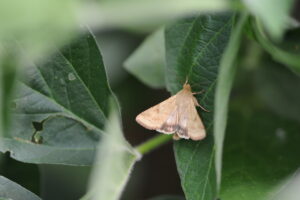
Corn Earworm Flight Has Started- Scouting Tips
Corn earworm moth catches have been ticking up across the state this week, especially in southern counties of the …



El inglés es el idioma de control de esta página. En la medida en que haya algún conflicto entre la traducción al inglés y la traducción, el inglés prevalece.
Al hacer clic en el enlace de traducción se activa un servicio de traducción gratuito para convertir la página al español. Al igual que con cualquier traducción por Internet, la conversión no es sensible al contexto y puede que no traduzca el texto en su significado original. NC State Extension no garantiza la exactitud del texto traducido. Por favor, tenga en cuenta que algunas aplicaciones y/o servicios pueden no funcionar como se espera cuando se traducen.
Inglês é o idioma de controle desta página. Na medida que haja algum conflito entre o texto original em Inglês e a tradução, o Inglês prevalece.
Ao clicar no link de tradução, um serviço gratuito de tradução será ativado para converter a página para o Português. Como em qualquer tradução pela internet, a conversão não é sensivel ao contexto e pode não ocorrer a tradução para o significado orginal. O serviço de Extensão da Carolina do Norte (NC State Extension) não garante a exatidão do texto traduzido. Por favor, observe que algumas funções ou serviços podem não funcionar como esperado após a tradução.
English is the controlling language of this page. To the extent there is any conflict between the English text and the translation, English controls.
Clicking on the translation link activates a free translation service to convert the page to Spanish. As with any Internet translation, the conversion is not context-sensitive and may not translate the text to its original meaning. NC State Extension does not guarantee the accuracy of the translated text. Please note that some applications and/or services may not function as expected when translated.
Collapse ▲
Corn earworm moth catches have been ticking up across the state this week, especially in southern counties of the …
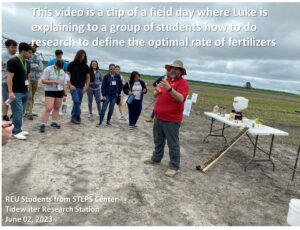
This is a short clip of a field day with students where Luke explains how the fertilizer recommendations are …

North Carolinians love the phrase – Murphy to Manteo – to describe their beloved state that spans the Coastal …

North Carolina has a diverse set of talented field-based experts helping growers troubleshoot soybean problems that arise in the …
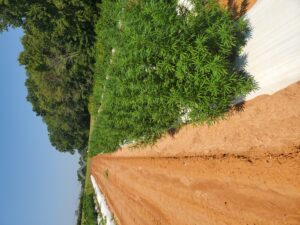
5/16/2023 – The USDA has released an online search tool so anyone can search for licensed hemp growers across …
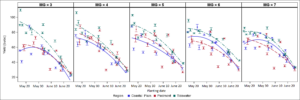
Using the right soybean planting date is one of the most important management decisions in soybean production. We have been …
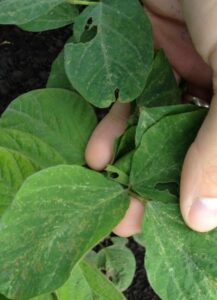
We always receive a lot of questions this time of year about deformed leaflets and thrips. Any cotton grower …

Weather conditions have created challenges for soybean planting and stand development this season. Will you need to replant? Our national …

5/2/2023 – The USDA National Agricultural Statistics Service (NASS) published the 2022 National Hemp Report. National hemp acreage and …
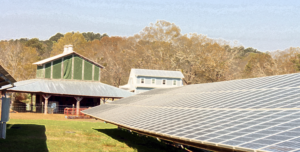
The NC State Clean Energy Center is hosting a webinar series “Misconceptions in Solar” to explore and address various …
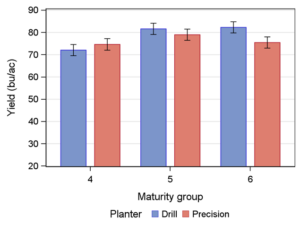
We are starting to get a few phone calls about the advantages of precision planting soybeans in North Carolina …

What is the Soybean On-Farm Trial Program? The North Carolina Soybean On-Farm Trialing (OFT) Program was initiated in 2020 as …
The definition of a “happy choice” in corn production is that when you look back on the season you …

Did you know that you can cook at home with North Carolina wheat? North Carolina farmers grow the type of …

The NC State Soybean Extension program has been investigating the best soybean planting date in applied research trials since …
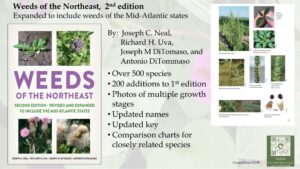
The newly revised Weeds of the Northeast 2nd edition is now available. WNE 2nd ed info slide 1 page …

On March 24, 2023 the Science for Success team held the second webinar in our three-part series “Keys to Early …

On March 17, 2023 the Science for Success team held the first webinar in our three-part series “Keys to …

Cereal leaf beetle growth and population development can be tracked using a simple temperature-based model. Based on the temperatures …
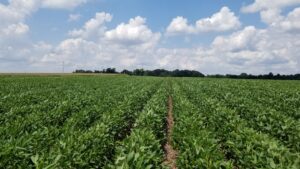
Science for Success, a national team of soybean extension specialists led by Dr. Rachel Vann, NC State’s Soybean Extension …

This publication identifies the management strategies that have been the strongest predictors of high soybean …

This publication provides information to growers about soybean production in North Carolina. It discusses economic …
This publication provides guidance to Extension agents on how to design and conduct trials and …

Two species of hornworm caterpillars feed on tobacco and other plants. Tobacco hornworms (Manduca sexta) …

This publication, chapter 3 of the North Carolina Soybean Production Guide, covers fertilization and nutrient …
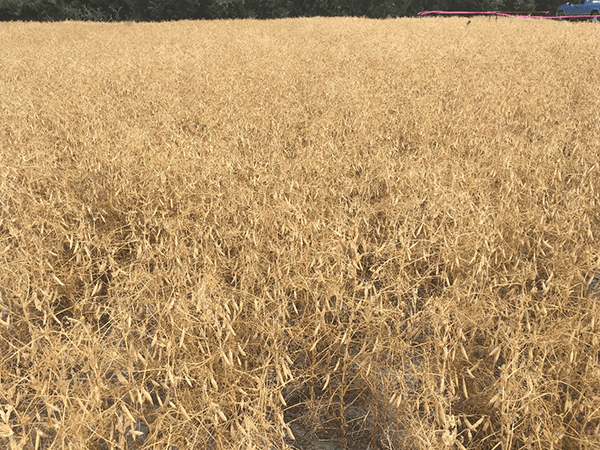
This publication discusses the findings of applied research conducted to answer production questions about growing …

Fertilizer burn can occur to the soybean seed from an in-furrow application and to the …

Sunscald is caused by bright sunlight on a wet leaf after exposure to high temperatures. …